Passing Your Driving Test
by Marsh Finance on Sep 18, 2024 10:03:20 AM
👉 Before You Get Started On Your Driving Test
👉 Choosing A Driving Instructor
👉 Learning To Drive With A Family Member
👉 How Much Should I Pay For Driving Lessons?
👉 Driving Tests: What Do They Include?
👉 Starting Your Driving Lessons
👉 The Car Theory Test
👉 How To Prepare For Your Theory Test
👉 The Practical Driving Test
👉 What Happens In Your Practical Driving Test?
👉 How To Prepare For Your Practical Driving Test
👉 What To Do If You Fail
👉 The Most Common Driving Mistakes
👉 Changing Your Driving Test
👉 Summary
👉 Driving test FAQs
Learning to drive and passing your driving test can be a rewarding experience. It gives you the freedom to travel and explore. If you’re approaching your driving test and are wondering what a driving test includes, read on. We’ve taken a deep dive into all things driving tests, from registering to the test itself. After reading this blog, you’ll be ready to tackle your driving test like a pro.
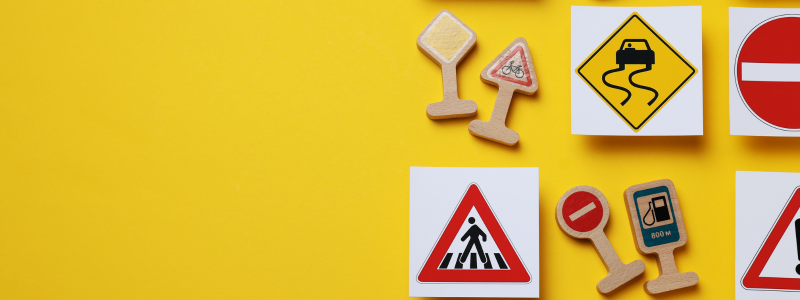
Before You Get Started On Your Driving Test
Make sure you have a provisional driving licence before learning to drive. You’ll need this licence when you take your test, so getting hold of it early is a must. To apply for your provisional driving licence, you need to be at least 15 years and 9 months old. You also need to be able to read a number plate from 20 metres away, and have been living in Great Britain for at least 185 days. When you apply for a provisional licence, you’ll need an ID document and addresses that you have lived in for the last three years. It costs £34 to apply either by post or online. To apply by post, complete D1 ‘Application for a driving licence’ which is available from the DVLA form ordering service. Apply online. A provisional driving licence allows you to learn to drive, and is the first step towards becoming a qualified driver.
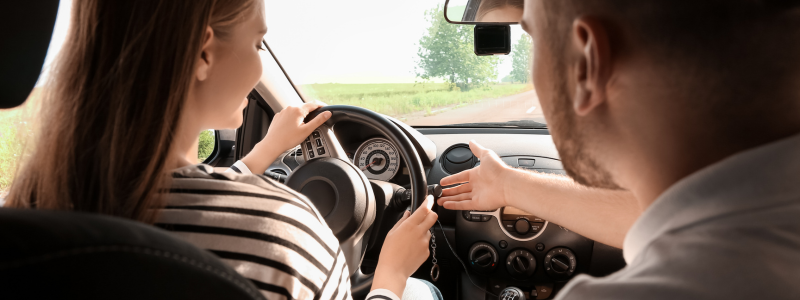
Selecting A Driving Instructor
Getting a driving instructor is a really important part of the learning-to-drive process. When it comes to picking the perfect instructor, there’s a lot to look out for:
- Make sure they’re qualified.
- Well-priced lessons.
- Well set-out lesson plans.
- A calm approach.
- Plenty of experience.
- Good level of communication.
- Will you both be a good fit?
Take your time when looking for a driving instructor, and don’t be afraid to ask friends and family who they used. Taking your time and picking the right instructor is the best way to get on the road to being test-ready. We’ve taken a further look at picking an instructor in our piece ‘selecting a driving instructor’.

Learning To Drive With A Family Member
Some people opt for learning with their families instead of an instructor. This isn’t uncommon, and can have its benefits:
- Learn with a friendly face.
- You both already have a solid level of communication in place.
- Greater flexibility with lessons as you don’t have to wait for openings.
- Save money on lesson prices.
On the other side, learning with a family member has its drawbacks:
- Missing out on a specialist learning experience.
- Struggle to focus properly as a family member can make things feel too casual.
- Difficult to focus properly.
- Dual control not available, which removes a necessary safety measure.
- Pick up bad habits from friends and family.
Learning with a family member is possible, but you do miss out on the high quality lessons an instructor can give you.
We’ve taken a deeper look at the case for and against learning with a family member or friend in a separate piece. Take a look here.

How Much Should I Pay For Driving Lessons?
Learning to drive can be fairly expensive. The price of a lesson can vary based on where you are in the UK, with the south of UK tending to be one of the most expensive places to learn. We’ve taken a look at the cost of learning to drive based on the area you live in.
According to the RAC, driving lessons can cost anywhere from £25 to £45 for one hour. This can lead to you spending up to £2,000 to learn to drive!
Learning in a manual or an automatic won’t change your costs too much, so you’re best learning in a manual, as this will still qualify you to drive an automatic. There are lots of extra costs to learning to drive too, such as learner driver insurance, an application for a provisional licence, a car theory test and practical test. These extra costs might be scary, which is why we’ve taken a look at the best ways to get a good deal on your driving lessons.
- Compare lots of prices.
- Don’t be afraid to haggle.
- Look for discounts with block bookings.
- Don’t compromise on the quality of your lessons.
To get more information on the cost of driving lessons, visit our blog titled ‘How much does it cost to learn to drive?’
Although we’ve addressed the costs of learning to drive a manual and an automatic, this isn’t to say you can’t drive both during your driving life. We’ve had a look at how to drive a manual car, and how to drive an automatic. The two are slightly different, so it’s best you take a quick read!
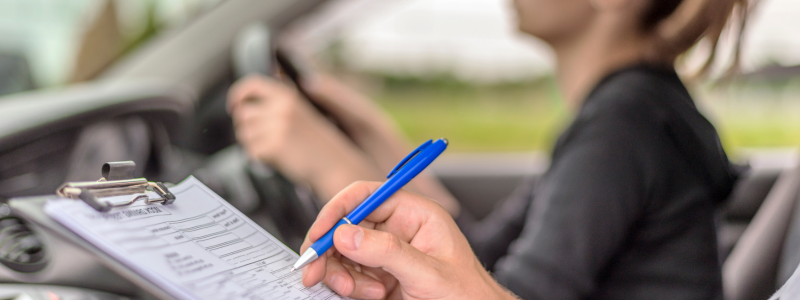
Driving Tests: What Do They Include?
Your driving test is made up of two main parts: the theory test and the practical test. Your theory test takes place behind a desk, whereas your practical test takes place behind the wheel of a car. Your theory test is made up of two sections: a multiple-choice set of questions and a hazard perception section. To pass your theory test, you need to pass in both sections, which can be done by achieving at least 43 out of 50 on the multiple-choice and 44 out of 75 on the hazard perception. Passing your theory test can be tricky, which is why we’ve put together our top tips to pass your theory test.
Once you’ve passed your car theory test, you are ready for your practical test. Your practical test involves you driving in a car, where you will have to do the following:
- Read a number plate from 20 metres away.
- Answer two ‘show me, tell me’ questions.
- Show a general driving ability, including manoeuvring, pulling away and many other skills.
- Reverse the car successfully.
- Drive on your own, following directions and road signs with ease.
We’ve broken down how to pass your practical test, with our top ten tips.
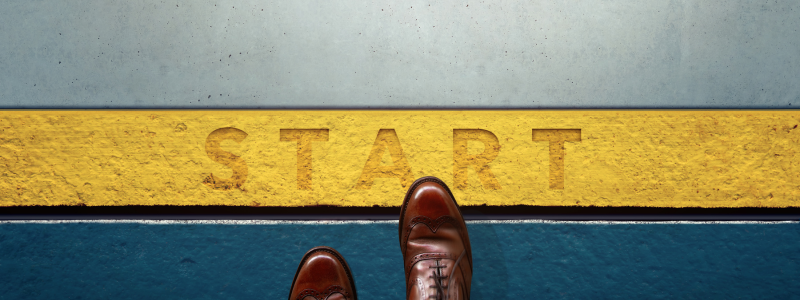
Starting Your Driving Lessons
The number of lessons you will need will vary from person to person, although RAC believes the average number of hours needed is 45. The number of lessons you need will come down to how well you are moving through your development plan. The most important to thing to note is that there is no right amount of lessons. Whatever works for you is best.
If you’re looking to pass quicker than in 45 hours, you can opt for an intensive driving course. This looks to pack your learning into a consistent day-by-day process for a couple of weeks. You will likely work one-on-one, focusing specifically on your strengths and weaknesses. Take a look at our blog that covers all things intensive driving courses.
When it comes to starting your lessons, you will need to bring your provisional licence to your first lesson. After this, you only need to bring yourself! In some cases, your driving instructor might provide you with a booklet that details everything you have learnt, and you might have to bring this to lessons.
Learning to drive is for everyone. If you have a disability and are wondering how you can learn to drive, we have you covered. Take a look at our blog on learning to drive with a disability. There are plenty of driving companies that provide lessons to people with disabilities. Read our blog and find out how you can learn to drive.
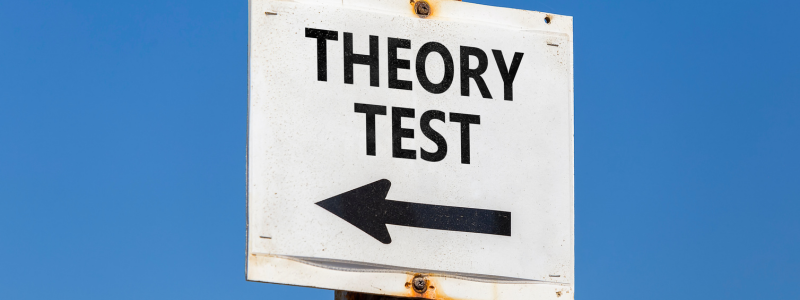
The Car Theory Test
You have 57 minutes to answer 50 multiple-choice questions. Then, you'll take the hazard perception test, where you watch videos and click when you see a hazard. There are 15 hazards to spot, with at least one on each clip and two in one of the clips.
To pass:
- You need at least 43 out of 50 on the multiple-choice section.
- You need at least 44 out of 75 on the hazard perception section.
If you don't pass either section, you'll need to retake the whole test.
Your theory test pass lasts for two years. You'll need to pass it again if you want to take your practical test after two years.
How To Prepare For Your Theory Test
Your theory test is the first step in your car journey. The test is based on information you can find in the Highway Code, the ‘Know Your Traffic Signs Book’ and the ‘Driving – The Essential Skills’ book. Make sure you are well aware of the content in these pieces, which can be best done by using a theory test app. A theory test app has lots of activities including mock tests, learning guides and hazard perception videos. We’ve had a look at the best theory test apps.
In terms of preparing for your theory test, here are our top tips. We have covered this in more detail, plus how to register for your test.
- Spend lots of time revising.
- Only take the test when you’re ready.
- Trust your gut on questions.
- Relax.
- Keep your eye on the clock.
- Practice hazard perception when you’re a passenger in a car.
.png?width=800&height=300&name=Driving%20Test%20(2).png)
The Practical Driving Test
The practical driving test is the next and final step in your car learning journey. Your practical test is where you show your skills on the road. It will cost anywhere from £62 (weekdays) to £75 (evenings, weekends and bank holidays) to book your practical test, something we’ve covered in our blog ‘How much does it cost to learn to drive’.
What Happens In Your Practical Driving Test?
So you’ve passed your theory! Congratulations, you’re now ready for your practical driving test. Your practical test can take anywhere from 40 minutes to an hour, and according to the AA, you will be required to do the following:
- Make sure you can read a number plate from 20 metres away.
- Answer two show me, tell me questions.
- Show a general driving ability, which could include pulling away, pulling over, performing a hill start or performing an emergency stop.
- Reverse the car successfully, which could include bay parking, parallel parking or reverse parking.
- Drive on your own, following directions and reading road signs successfully.
In order to pass your driving test, you can’t get any more than 15 minors and avoid making any majors. A major usually occurs when the instructor has to step in to take control of the car.
How To Prepare For Your Practical Driving Test?
Preparing for your practical test is key, which is why we have put together our top tips to get test ready. These tips are part of a larger piece, titled ‘top ten tips to pass your practical test’. We’ve summarised these tips for your reading below:
- Find the right driving instructor for you.
- Practice your manoeuvres over and over again.
- Bring all the necessary documents to your test (driving licence and theory pass certificate).
- Turn up to the test relaxed.
- Get to know the area you’ll be taking the test in.
- Don’t be afraid to book in extra driving lessons.
- Master the show me, tell questions.
- Focus on the road.
- Revise your car theory knowledge for road sign reading.
- Always check your mirrors.
As mentioned, you can read about these tips in more detail via our tips to pass your driving test blog, which also breaks down the test and provides answers to frequently asked questions.
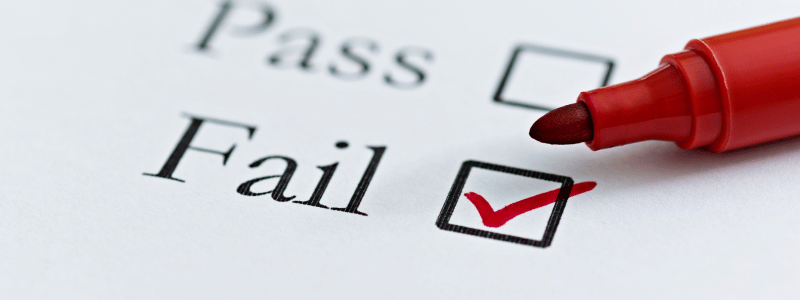
What To Do If You Fail
Don’t fear; if you fail your test, it isn’t the end of the road… a lot of people fail on their first try. In the 2022/23 season of driving tests, only 48.4% passed first time.
You can take as many driving tests as you’d like, you just need to wait at least ten working days since the last one. The most important thing to do if you fail is not panic; failing the first time is actually quite common and isn’t a reflection of your driving ability.
If you fail your driving test, take some time to practice the areas where you struggled. The more you drive, the more confident and skilled you'll become.
Remember: Practice makes perfect!
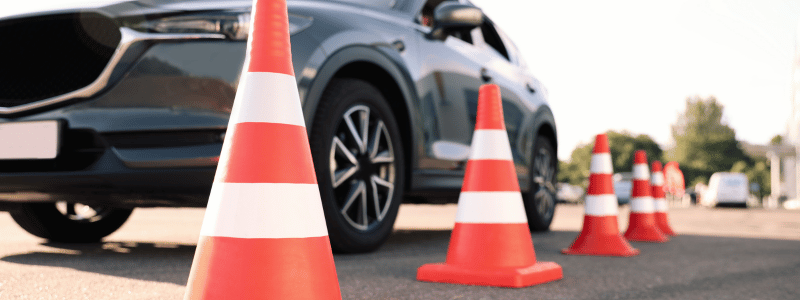
The Most Common Driving Mistakes
Believe it or not, people tend to fail their driving tests for similar reasons. We’ve covered this in a blog post that looks at the mistakes in more detail. For this piece, we’ll give you a quick summary:
- Not being aware of other cars on the wrong, whether that’s coming out of a junction, a roundabout, or just on the open road in general.
- Not using your mirrors appropriately or often enough.
- Moving away from a stationary position dangerously.
- Not positioning your car correctly at a right turn where there’s oncoming traffic.
- Failing to abide by traffic lights.
- Inability to control the steering wheel safely.
- Mis-reading road signs and markings.
- Poor road positioning.
- Driving at dangerous speeds.
Avoid these mistakes and you’re in a good place to pass your practical test.
Changing Your Driving Test
Life happens, and sometimes you can no longer take your driving test on the date you booked.
If you need to change your driving test, you must give at least three working days' notice. You'll need to provide a valid reason for the change and supporting evidence.
Take a look at the Government page dedicated to changing your test.
Summary
Taking your driving test can be scary but remember that your instructor believes you're ready to pass. Take your time, drive safely, and trust your instincts. You can do it!
For more helpful driving tips and advice, visit our dedicated advice centre!
Looking to hit the road after your test but struggling to find a car? Apply for finance quickly and easily.

Driving Test FAQs
How long is a driving test?
A driving test is broken down into two parts: the theory test and the practical test. You get 1 hour and 20 minutes to complete your theory test. The practical test takes less time, about an hour, although this can increase if your test requires it.
How much is a driving test?
Your car theory test costs £22, and your practical test costs £62 on weekdays and £75 on evenings, weekends and bank holidays.
How to pass your driving test
Let’s break the test down into theory and practical.
For your theory test, make sure you use driving theory apps to build your knowledge of the highway code. Answer questions that might come up on your test and get used to the style of questions you will likely receive. We recommend that you revise as much as possible, and only go into your theory test when you are ready. Here are the top tips to pass your theory test:
- Be aware of how much time you have left.
- Double check your answers.
- Read the questions carefully.
- Trust your judgement.
When it comes to your practical test, you will only take this when your instructor feels that you are ready. These are the top tips for passing your practical driving test:
- Take the test in an area you are comfortable in and make sure you know the routes.
- Exaggerate your checks. Failing to check your mirrors can be the cause of a minor offence, so make sure you make it clear to the assessor that you are checking.
- Don’t be afraid to ask the assessor to repeat themselves.
- Be calm and trust your abilities.
- Build up plenty of practice beforehand.
- Take a lesson beforehand.
- Take the test in the car you have learned in.
How many times can you change your driving test?
You can change your driving test up to six times. If you want to change it after this point, you must cancel your test and re-book it.
How many mistakes are allowed on a driving test?
You are allowed to make up to 15 minors, which are small incidents such as not checking your mirrors or clipping the kerb. However, you cannot make a major fault, which requires the instructor to step in. If this happens, you will fail your test.
How does a driving test work?
A driving test is broken down into two parts: a theory test and a practical test.
You will have to complete your theory test before taking your practical test. A theory test is made up of two parts: a 50-question multiple-choice section, followed by a hazard perception section. You will have 1 hour and 20 minutes to complete the theory test and must achieve at least 43 out of 50 on the multiple-choice section and 44 out of 75 on the hazard perception section.
When it comes to your practical test, you will have around one hour to demonstrate your driving skills. As part of your test, you will be required to:
- Prove you can read a number plate from 20 metres away.
- Demonstrate vehicle knowledge by correctly answering two questions.
- Show an ability to drive, which may include pulling away, pulling over, performing a hill start or an emergency stop.
- Prove that you can reverse successfully, through bay, parallel or reverse parking.
- Show an ability to drive independently, following the sat nav, instructions and road signs without assistance.
To pass your practical test, you need to avoid no more than 15 minors, and 1 major. If you manage to do this, you have passed your test! Your assessor will make you aware of your result at the end of the test.
How do I book a driving test?
You can book online, via the Government’s website. Recently, however, backlogs have led to people struggling to find appointments. With this in mind, be ready for a long wait before you can take your test.
You can also book over the phone, by ringing the DVSA on 0300 200 1122.
How do I change my driving test?
You can change your test online. Be aware, though, that you can only change your test six times. After this point, you will have to cancel and re-book your test if you want to change again.
How do I contact DVLA?
If you need to contact the DVLA, you can do so by viewing their contact details.
- December 2025 (4)
- November 2025 (3)
- October 2025 (12)
- September 2025 (8)
- August 2025 (13)
- July 2025 (25)
- June 2025 (17)
- May 2025 (10)
- April 2025 (5)
- March 2025 (6)
- February 2025 (4)
- January 2025 (4)
- December 2024 (10)
- November 2024 (14)
- October 2024 (12)
- September 2024 (25)
- August 2024 (74)
- February 2024 (1)
- May 2023 (2)
- March 2023 (1)
- February 2023 (1)
- December 2022 (1)
- October 2022 (2)
- August 2022 (1)